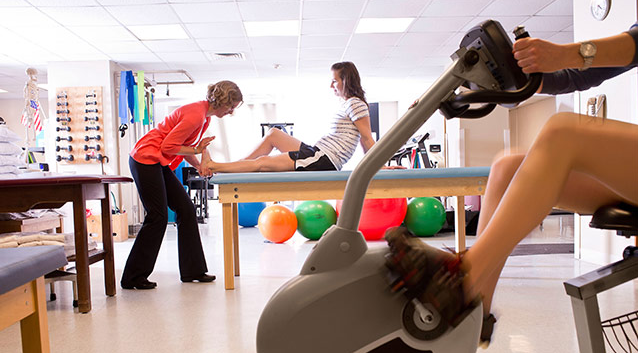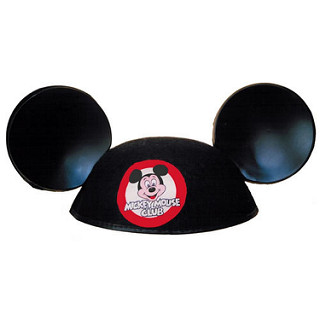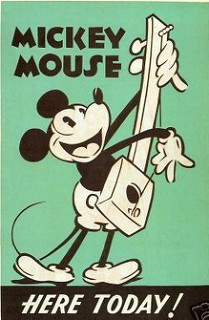How Physical Therapy Treatments Differ
Over time, physical therapy has evolved into an occupation that continues growing stronger. As of 2007, an estimated 9 million adults have utilized outpatient physical therapy services (Klepps). Though a popular topic, some people may be a bit clueless on what physical therapy is and/or what a physical therapist actually does. An article by Jason Bellamy states: “Physical therapists examine each individual and develop a plan, using treatment techniques to promote the ability to move, reduce pain, restore function, and prevent disability” (Bellamy); clearly, a personal motivator/trainer in the healing process. In the physical therapy field many kinds of treatments exist, which are suggested to each patient by their physical therapists. Three common methods of physical therapy are manual therapy, electrical muscle stimulation, and ultrasound therapy.
Perhaps the most used treatment within the physical therapy field today is known as manual therapy, a hands-on approach to healing the body. The reason that this use of treatment is so popular is because of its effectiveness and its practicality; any patient with a painful joint meets the criteria to receive this treatment (“The Evidence-Based Practice”). Unlike other treatments, manual therapy is a personalized technique, based on careful examination of the patient’s movement patterns, including range of motion restrictions and compensatory movements that can prevent healing (Developer). Since this is a personalized treatment, as the body gets stronger, the technique will change to maximize growth in the patient forcing them to move forward instead of staying stagnant. The main goal of manual therapy is to restore strength to heal muscles, tendons, ligaments, and joints, common problems for many people who seek physical therapy treatment. Though it is the main benefit, restoring strength is not the only positive that patients will receive from manual therapy. Other benefits include: increased blood flow, enhanced joint nutrition, improved joint mobility, and most importantly, pain relief (“Manual Therapy”). Though this treatment can be applied solely by itself, pairing manual therapy with other types of treatment will give the patient the best chance to heal quickly.
One treatment often paired with manual therapy is known as electrical muscle stimulation, the elicitation of muscle contraction using electric impulses (“Electrotherapy Is the Use”). A large part of this treatment is re-educating the weakened muscle to perform the way it used to, or the way it is supposed to perform. In order to accomplish this re-education of the body and mind, this treatment makes a goal to build basic tone and strength in the weakened  muscles to force the muscle to contract (Baum). The most common way the electrical muscle stimulation is applied is through the use of pads that transfer low-level electrical currents. Often times, electrical muscle stimulation is used as a “quick fix,” as the effects are meant to be short term when used alone, making it a staple among athletes, both professional and nonprofessional. Athletes often use electrical muscle stimulation to aid their recovery in between performance times. They do this by placing electrical muscle stimulation pads on large muscle groups and use a pulsing setting to relax and loosen their muscles, as well as restore circulation and reset muscle tone (Says). Though athletes are the most common users of this type of therapy, it does not close the doors to other types of patients. Benefits that electrical muscle stimulation have for all patients who receive this treatment are: reduced pain sensation, decreased swelling, enhanced muscle tone, and a quickened healing process (“Electrical Muscle Stimulation”). In addition to electrical muscle stimulation, many other treatments aid patients in recovery.
muscles to force the muscle to contract (Baum). The most common way the electrical muscle stimulation is applied is through the use of pads that transfer low-level electrical currents. Often times, electrical muscle stimulation is used as a “quick fix,” as the effects are meant to be short term when used alone, making it a staple among athletes, both professional and nonprofessional. Athletes often use electrical muscle stimulation to aid their recovery in between performance times. They do this by placing electrical muscle stimulation pads on large muscle groups and use a pulsing setting to relax and loosen their muscles, as well as restore circulation and reset muscle tone (Says). Though athletes are the most common users of this type of therapy, it does not close the doors to other types of patients. Benefits that electrical muscle stimulation have for all patients who receive this treatment are: reduced pain sensation, decreased swelling, enhanced muscle tone, and a quickened healing process (“Electrical Muscle Stimulation”). In addition to electrical muscle stimulation, many other treatments aid patients in recovery.
Another popular treatment that pushes the healing process along is known as ultrasound treatment. In the use of physical therapy, ultrasound gel is applied using a round-headed probe or wand, which is put in direct contact with the patient’s skin (“Therapeutic Ultrasound”). Unlike many other treatments, ultrasound therapy is not for everyone as it is not meant to treat every kind of injury. The ones that are lucky enough to receive this type of treatment may be rewarded with many benefits. One of the most popular effects of the treatment is deep-heating, which increases circulation in tendons, muscles, or ligaments, and thought to help the healing process (Sears). Ultrasound is also thought to speed up the resolution time of the inflammatory process, also increasing blood flow which can be beneficial to tissue injuries. This also stimulates the production of collagen which also has a healing effect on tissue (“Home”). Overall ultrasound therapy is used as a recovery tool for physical therapy patients, paired with other treatments for maximum benefit.
Overall the physical therapy field includes many types of treatments, with each one specifically targeted to help certain injuries. Three common types of treatments include manual therapy, electrical muscle stimulation, and ultrasound therapy. Having a vast difference between each treatment and what they are able to do for the body gives patients an endless amount of options for treatment. Physical therapy is a field that has helped millions of people, and it will continue to help more recover for years to come.
Works Cited
Baum, Josh. “What Are the Benefits of Electrical Muscle Stimulation?” Leaf Group, 28 Jan. 2015, www.livestrong.com/article/262877-what-are-the-benefits-of-electrical-muscle-stimulation/. Accessed 22 Feb. 2017.
Bellamy, Jason. “Who Are Physical Therapists?” Jason Bellamy, 24 Nov. 2015, www.apta.org/AboutPTs/. Accessed 20 Feb. 2017.
Sears, Brett, PT – Reviewed by a board-certified physician. “This Is How Your Physical Therapist Uses Ultrasound.” Verywell, www.verywell.com/therapeutic-ultrasound-in-physical-therapy-2696419. Accessed 22 Feb. 2017.
Developer. “Manual Therapy.” Drayer, Drayer Physical Therapy Institute, 14 Jan. 2016, drayerpt.com/manual-therapy/. Accessed 21 Feb. 2017.
“Electrical Muscle Stimulation:” Electric Muscle Stimulation, www.chiropractorsstaugustine.com/index.php?p=215943. Accessed 22 Feb. 2017.
“Electrotherapy Is the Use of Electric Energy as a Medical Treatment.” | Gordin Medical Center, www.gordinmedical.com/eng/electrotherapy.php. Accessed 22 Feb. 2017.
“The Evidence-Based Practice of Joint Manipulation/Manual Therapy.” Sportscare Physical Therapy, www.sportscarephysicaltherapy.com/article-manualtx/. Accessed 22 Feb. 2017.
“Home.” Sucuri WebSite Firewall – Access Denied, www.sportsinjuryclinic.net/treatments-therapies/electrotherapy/ultrasound-therapy. Accessed 22 Feb. 2017.
Klepps, Ryan. “8 Thought-Provoking Facts About Physical Therapy You Can’t Ignore.” The Strive Labs Blog, 2 Apr. 2015, blog.strivelabs.com/2015/02/19/physical-therapy-facts-cant-ignore/. Accessed 20 Feb. 2017.
“Manual Therapy.” Virginia Therapy & Fitness Center, www.spinemd.com/vtfc/services-programs/manual-therapy/. Accessed 22 Feb. 2017.
Says, Stacey Cantrell, and Frank Witkowski Says. “Electrical Muscle Stimulation: Five Reasons Why You Need to Adopt This Technology for Your Athletes Now – SimpliFaster.” SimpliFaster Blog, 21 Jan. 2017, simplifaster.com/articles/electrical-muscle-stimulation-five-reasons-need-adopt-technology-athletes-now/. Accessed 22 Feb. 2017.
“Therapeutic Ultrasound.” Physical Therapy Web, physicaltherapyweb.com/therapeutic-ultrasound/. Accessed 22 Feb. 2017.









